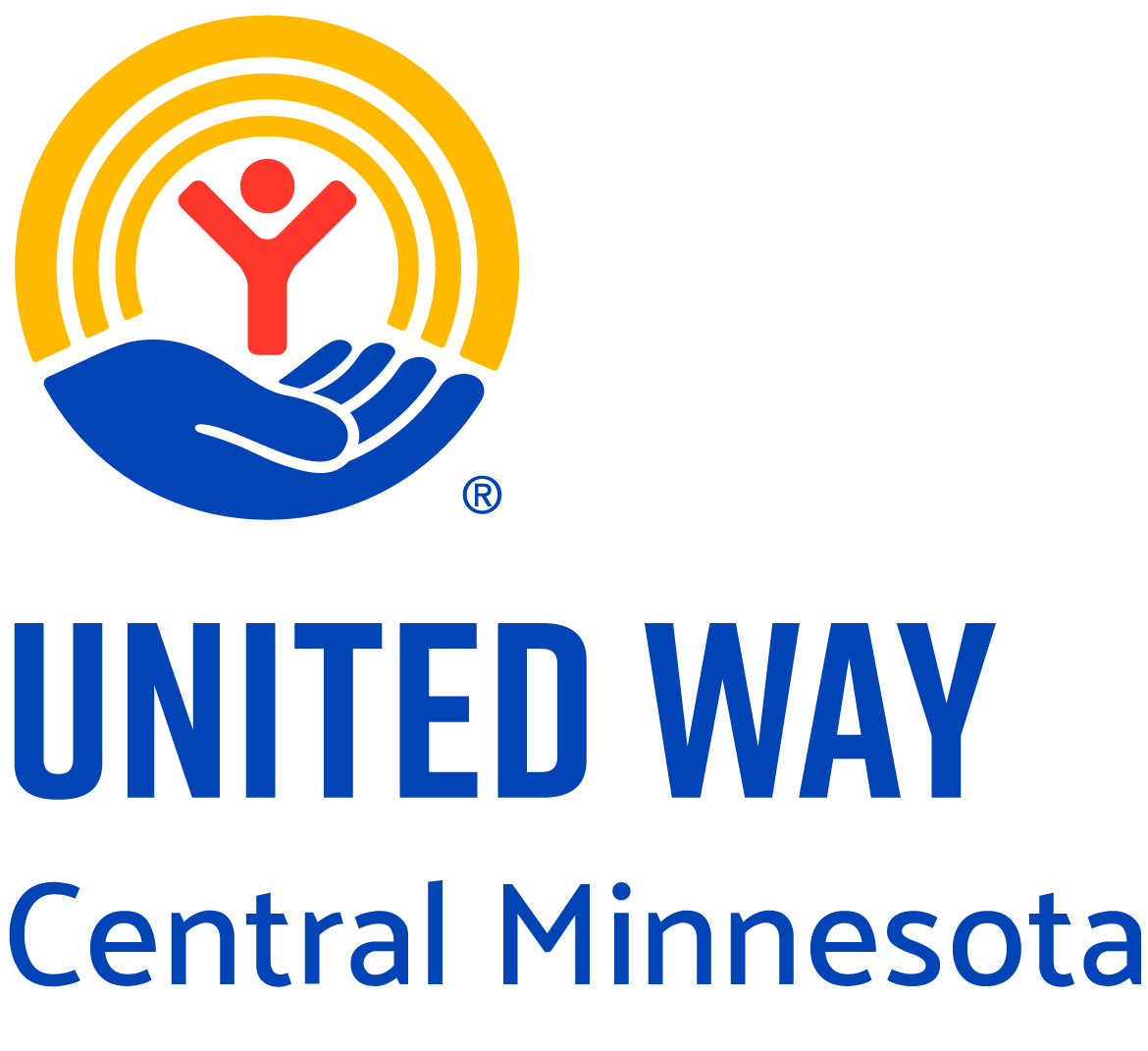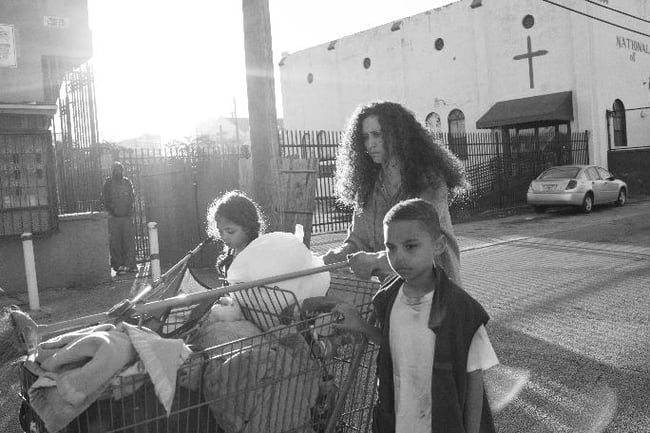Oftentimes, homelessness data becomes a math problem. However, the fact is that even just one homeless person is too many. Sometimes it is difficult to connect beyond the numbers and see how we can create change. But how can we more deeply connect with the reality that so many humans don't have a place to call home? These heart-forward steps can dramatically impact the lives of those experiencing homelessness in our communities.
Two Sides of the Winter Reality
The seasons have shifted and warmer temperatures are increasingly fading away. Bracing for long winters is a normal part of being a Minnesota resident. However, preparations are very different when you have winter gear and a warm, dry place to call home each night. Enjoying the winter scenery becomes a thing of beauty and an opportunity for outdoor activity.
Contrast this common reality with the reality of our vulnerable homeless count across our local community. The beauty of the winter scenery fades into a nightmare of constant stress and worry. The mind of many of those who are homeless is consumed with the fear of nightly survival, including a deep concern for the lives of those they love — family, friends, and pets accompanying them. The cold we are facing is not just an inconvenience to daily life — it could be an immediate health risk.
Challenges Vary within Demographics of Homelessness
Harsh winter conditions affect everyone subjected to the streets. However, some demographics face greater difficulties when the seasons begin to change.
Homeless Children
Homeless children in Central Minnesota are especially vulnerable to frigid temperatures, and they are at a higher risk of developing frostbite than adults.
Homeless Women
Women on the streets living alone or caring for young children have the added stress of caring for their own safety and that of their children when faced with the obstacles of deep snow, slippery ice, and dangerous winter storms.
Older Homeless Adults
Older adults or individuals suffering from a physical impairment are susceptible to all types of winter-related injuries or exacerbated pre-existing medical conditions. Being in a fragile physical state makes it more difficult to travel throughout the community safely during the winter.
Families Experiencing Homelessness
Homeless families in Central Minnesota find the winter season a constant game of survival. During the daytime, thoughts are often consumed with the stresses of tending to typical child needs and behavior issues, while searching for a place to stay for the night. At night, space at a shelter may feel cramped or limited. Families may also face greater stress trying to get settled in for the night within a community shelter environment.
Winter weather brings an increased threat of hypothermia, uncontrollable shaking, and frostbite.
What increases the likelihood of developing these conditions?
- Extreme fatigue and dehydration
- Chronic stress and anxiety (reduces blood flow to hands/feet)
- Smoking cigarettes (reduces blood flow to hands/feet)
- Wet clothing
Three Easy Ways to Make a Difference
- Learn — Understand the causes of homelessness and who is experiencing it. People who experience homelessness don’t become homeless overnight. There are many things that contribute to homelessness. Before we can find a solution, we have to first understand and identify what contributes to homelessness. Understand the causes of homelessness and who is experiencing it. People who experience homelessness don’t become homeless overnight. There are many things that contribute to homelessness. Before we can find a solution, we have to first understand and identify what contributes to homelessness.
- Ask a question — Engaging in conversation allows a person the chance to voice their thoughts and feel seen and heard. Try asking, “Do you have what you need to stay safe tonight?” or “What programs or services have helped you in the past?” A human-to-human check-in can help ensure that someone has access to the resources they need. You can also ask United Way the simple question, “How can I help?”.
- Raise your hand — Volunteering, financially giving, or advocating for those less fortunate than yourself is an incredible way to make an impact. The best of humanity rises to the top when we consider every person’s mental, physical, and social well-being.
United Way Homeless Shelter Resources
Anyone in our unhoused community who stays at a shelter will have a warm place to be both day and night. Shelter residents are well cared for by our community programs and services aimed at the homeless population. Even those who are not staying in a shelter will not be turned away at Place of Hope, which also offers overflow accommodations. Most shelters help facilitate transportation and connect people to local resources to help protect individuals from extreme weather.
Salvation Army
Meets the most basic needs to outline the path to long-term solutions, ranging from a food shelf to an emergency shelter.
Pathways 4 Youth
A youth resource center for youth ages 16 through 24 experiencing or at-risk of homelessness.
Homeless Helping Homeless
An organization comprised of individuals who are currently homeless, or have experienced homelessness, dedicated to helping others find shelter, employment, food, and other basic needs. Their project, the Lincoln Center, was created to specifically act as a resource to all those experiencing homelessness.
2-1-1
Offers free and confidential community resources 24/7.
See the difference United Way is making in the lives of those experiencing homelessness.
When looking at homeless information, it helps to remember that many individuals only experience homelessness temporarily. United Way of Central Minnesota not only seeks to meet the needs of those experiencing chronic homelessness but everyone who requires support.







